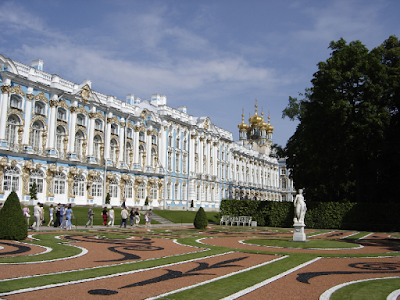These articles were in the Joan Hackworth Weir collection but donated to NRM. Jane Hackworth Young has kindly provided photocopies for this site. Most around 1925 / 26, the magazines contain letters by Robert Young (a Hackworth descendent) who wrote the Timothy Hackworth and the Locomotive.
The Locomotive Railway Carriage and Wagon Review December 15th 1925. Article advertising Timothy Hackworth and the Locomotive by Robert Young. P388 / 337.
The Locomotive Railway Carriage and Wagon Review - January 15th 1926 with article on Shildon Celebrations and Timothy Hackworth statue. to Timothy Hackworth, Shildon pages 23/4. Letter JGH Warren and Hackworth and article in December issue pages 14/15
The Locomotive Railway Carriage and Wagon Review 15th February 1926. Contains a letter from Robert Young, St. Leonard on Sea (Pages 66 & 67) referring to a letter by JGH Warren.in the January issue / article on Timothy Hackworth.
Railway Centenary - Supplement to The Locomotive Railway Carriage and Wagon Review 1825 - 1925 containing article on the S & DR and Locomotive.






















































